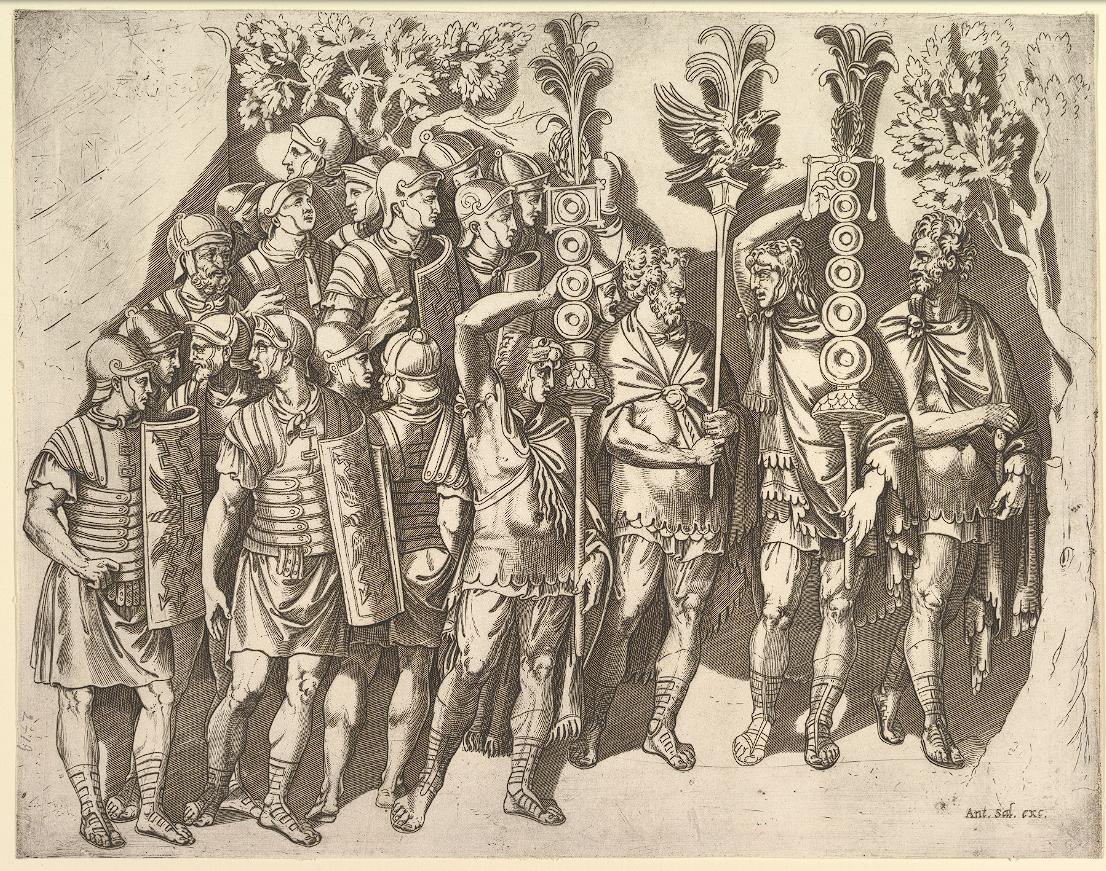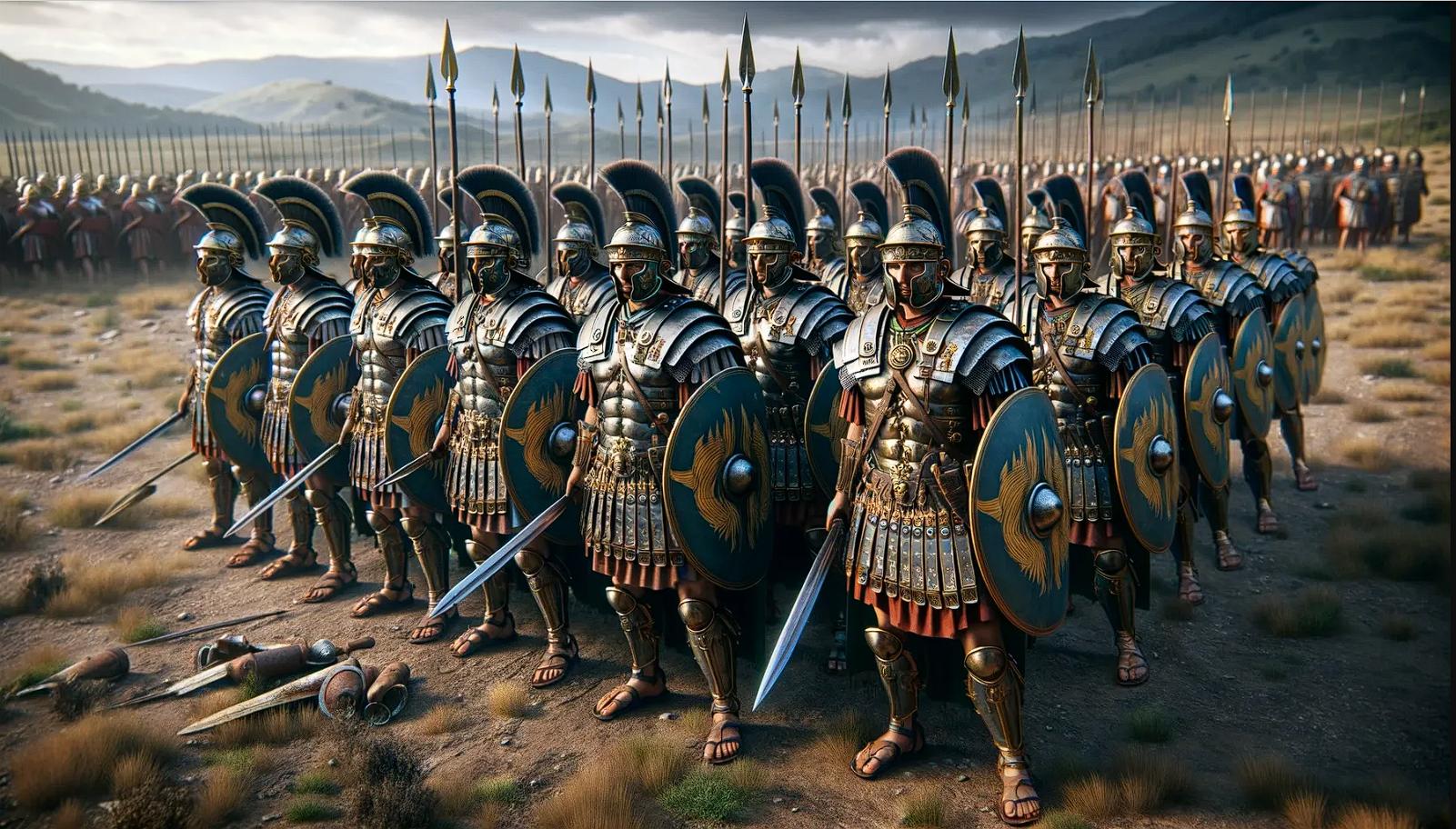Introduction: A Vanished Army
No army simply disappears without a trace—yet that is exactly what happened to Rome’s Ninth Legion. Once a formidable force defending the empire’s frontiers, the legion mysteriously vanished from history, leaving behind only speculation and unanswered questions. Did they fall in battle? Were they disbanded? Or is there another, darker reason for their disappearance?
The fate of the Ninth Legion remains one of ancient Rome’s greatest enigmas. Despite extensive records of Roman military campaigns, no definitive evidence exists explaining what happened to these thousands of soldiers. This mystery has fascinated historians, archaeologists, and storytellers for centuries, giving rise to theories that range from brutal warfare to political maneuvering within the empire.

The Ninth Legion: A Formidable Force
Origins and Early Campaigns
The Ninth Legion, or Legio IX Hispana, was one of Rome’s most distinguished military units. Established in the 1st century BC, it played a crucial role in Julius Caesar’s Gallic Wars, proving its strength in battles across modern-day France and Spain. Over the decades, the Ninth Legion became a well-respected and experienced force within the Roman army.
Deployment to Britain
By the late 1st century AD, the Ninth Legion had been stationed in Britain, participating in campaigns to subdue local tribes. Under the command of Governor Gnaeus Julius Agricola, they fought against fierce resistance, particularly from the Caledonian tribes of Scotland. Roman records indicate they were actively involved in constructing forts and roads to secure the empire’s northernmost frontier.
The Last Recorded Presence
The last confirmed mention of the Ninth Legion in Roman records places them in Eboracum (modern-day York) around 108 AD. After this, the legion disappears from historical documentation. Unlike other Roman legions, which have well-documented movements and fates, the Ninth leaves behind only silence, leading to endless speculation.
Theories on the Disappearance
1. Annihilation in Scotland
One of the most widely accepted theories is that the Ninth Legion was destroyed during a catastrophic battle against northern tribes. Some accounts suggest they marched north from York to quell an uprising, only to be ambushed and wiped out by the Picts or other native forces. The lack of survivors or written reports fuels the mystery, as Roman military disasters were typically documented.
2. Transfer to Another Region
Some historians argue that the Ninth Legion was not annihilated but instead transferred to another part of the empire. Evidence suggests that some of its soldiers may have been redeployed to the eastern provinces, possibly facing new threats in Judea or Parthia. However, no solid proof has been found to confirm this theory.
3. Political and Administrative Reforms
Another theory suggests that the Ninth Legion was disbanded due to internal political reasons. During Emperor Hadrian’s reign, there were significant administrative changes within the Roman army. Some legions were restructured or renamed, which could explain the disappearance of the Ninth from official records without indicating a dramatic defeat.

The Legacy of the Ninth Legion
1. Archaeological Clues
Over the years, archaeologists have attempted to uncover traces of the Ninth Legion’s fate. Excavations in Britain have unearthed Roman military artifacts, but none conclusively link to the legion’s final battle or last known movements. The search for definitive proof continues, keeping the mystery alive.
2. Influence on Literature and Media
The story of the lost Ninth Legion has inspired countless books, films, and television series. Novels like The Eagle of the Ninth by Rosemary Sutcliff and movies such as The Eagle have brought the legend to popular audiences, keeping the intrigue alive in modern storytelling.
3. A Symbol of Rome’s Limits
The possible destruction of the Ninth Legion in Britain symbolizes the challenges Rome faced in expanding and maintaining its vast empire. If the legion truly fell in battle, it serves as a reminder of the resistance Rome encountered and the limits of its power against determined native forces.
Conclusion: A Mystery That Endures
What really happened to the Ninth Legion? Was it annihilated by Scotland’s fierce warriors, quietly reassigned to another front, or dissolved in a political restructuring? The lack of concrete evidence ensures that this question remains one of the most compelling mysteries of ancient Rome.
Until definitive proof is uncovered, the Ninth Legion will continue to be a subject of fascination, speculation, and debate. Could their remains still lie buried beneath Scotland’s rugged terrain, waiting to be discovered? Only time—and further archaeological discoveries—may reveal the truth.
